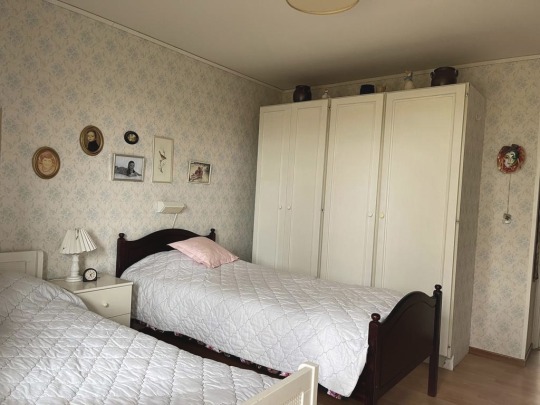#scandinavian history
Text







Women in History Month (insp) | Week 1: Leading Women
#historyedit#perioddramaedit#women in history#women in history month challenge#lady of birka#marie madeleine d'aiguillon#empress gongsheng#elizaveta petrovna#jayadevi#zenobia of palmyra#margrete of denmark#viking age#scandinavian history#french history#cambodian history#song dynasty#chinese history#russian empire#3rd century#7th century#8th century#10th century#14th century#15th century#16th century#17th century#18th century#my edits#mine
163 notes
·
View notes
Photo

“In discussing all these diverse images of armed and actively fighting women of Old Norse literature, and in critically acknowledging that many of the accounts that concern them were created several centuries after the events, it is easy to relegate them all to the sphere of fiction and to regard them as having no basis in historical reality whatsoever. But if we turn to other medieval sources, created independently of Old Norse literary tradition and stemming from different cultural milieus, we will find within them very similar patterns of the occasional female participation in martial activities. The two case studies reviewed above – namely that of Æthelflæd of Mercia and of the women who fought in the siege of Dorostolon – strongly support the idea that there could be some reality behind the stories of armed women that survive in Old Norse literature. Also other historical women of the Viking Age, especially those who stemmed from the highest echelons of society, were occasionally compelled to engage in endeavours associated with warfare and would oversee military operations. For instance, the great Princess Olga, who was the wife of Igor of Kiev, led her army against the Slavic tribe of Derevlians, devised her own impressive strategies and through all these initiatives gained recognition among her companions, regardless of her biological sex.
It thus feels highly unlikely that all these medieval accounts, including the famed descriptions of female warriors in Saxo Grammaticus’ Gesta Danorum, were only inspired by legends of the ancient Amazons and served as curiosa and literary embellishments to entertain the audience. As we shall see in the following chapters of this book, archaeological finds from across Scandinavia provide support for the idea that some Viking Age women did wield weapons and in one way or another found their place in the martial sphere.”
Women and Weapons in the Viking World: Amazons of the North, Leszek Gardela
#warriors#warrior women#history#women in history#women's history#viking women#shieldmaidens#vikings#medieval history#scandinavian history#historyblr
86 notes
·
View notes
Text
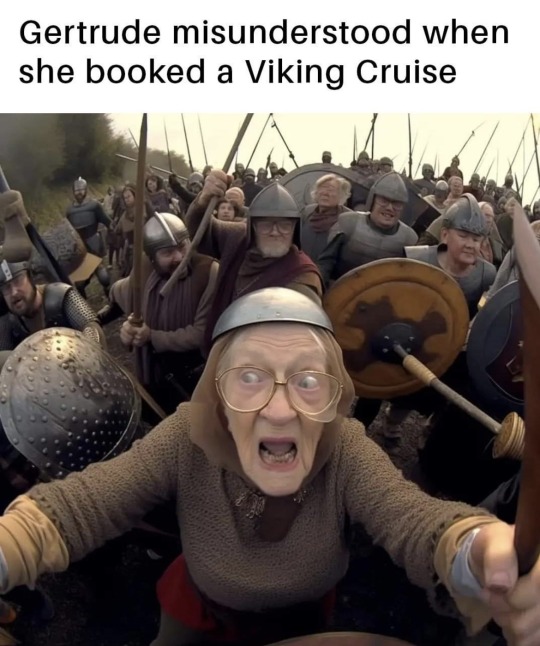
Rescued from Facebook.
#viking#vikings#viking raiders#viking history#old norse#paganism#anglo saxon#history#scandinavian history#english history
5 notes
·
View notes
Text
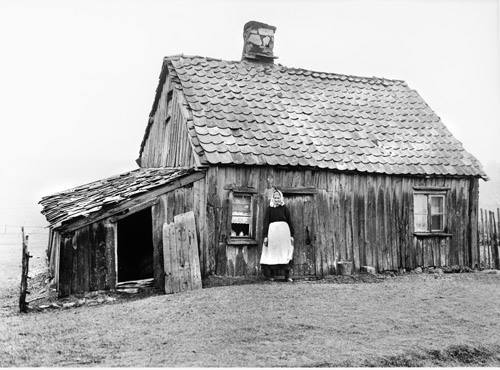
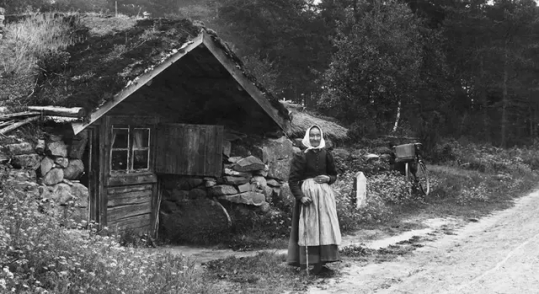



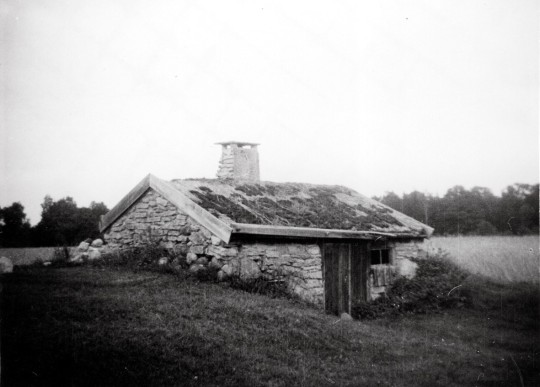
In the 1600s to 1800s, the poorest of the poor in Sweden would live in backstugor (slope cottages). These were
built on unusable land, often built into hillsides or rocky areas. The people living there didn't lease nor own the land, and only owned the building in itself. Often most of the inside area of the cottage would be used for crafting equipment such as a loom.
[image ID in alt text]
1. Lima parish, Dalarna, ~1920. (G. Renström, Nordiska museet)
2. Klevshult, Småland, 1890-1910. (A. Steijertz, Nordiska museet)
3. Torsås parish, Småland, 1903 (J. E. Thorin, Nordiska museet)
4. Östmark, Värmland, august 1916 (N. Keyland, Nordiska museet)
5. Väne-Ryrs parish, Älvsborg, 1911 (O. Jonsson, Vänersborgs museum)
6. Halleböle, Högby parish, unknown (unknown, Kalmar läns museum)
11 notes
·
View notes
Text
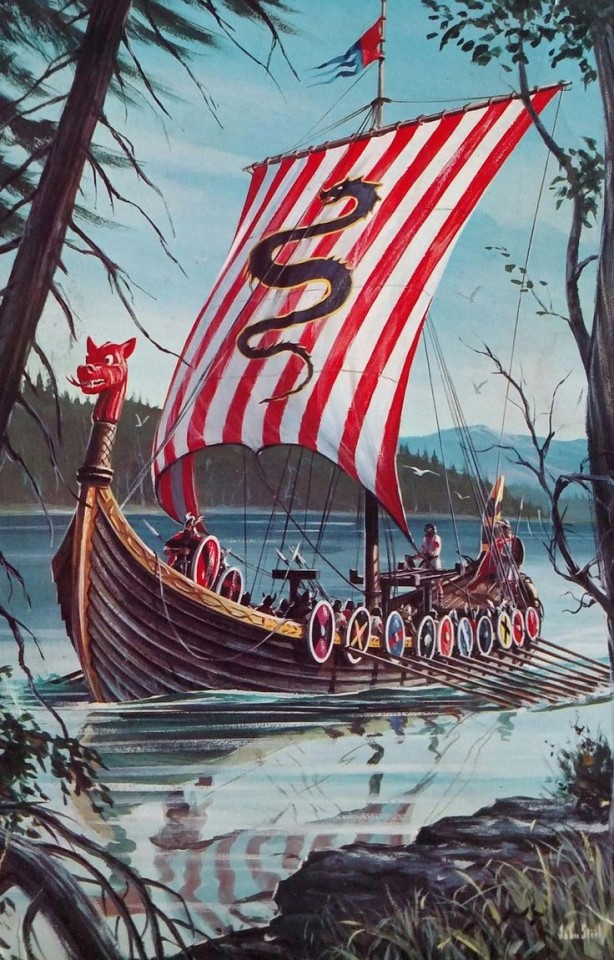

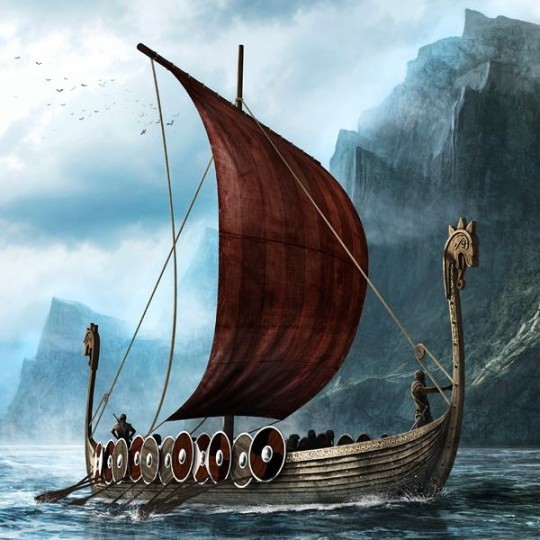

Was watching a documentary where these researchers built and sailed a viking longship. As they talked about her (the ship) qualities and the things they were discovering about how she sailed they kept asking things like "How we're they able to do this or that?" or "We don't understand how they could, blah blah blah..." And I just thought that the answers were very simple. The men and women sailing on those ships had the experience and knowledge of generation upon generation of previous sailors and adventures on how to handle those ships! And at least some, probably most, of the people on board were experienced sailors themselves! They could make those ships do anything they were capable of doing. The scientists were especially puzzled as to how the Vikings would keep large fleets together, considering they would be made up of many different classes of longship. And each type has different builds, riggings, trims, etc. But, as before, the people knew their individual ship well, and knew what must be done to hold their place in the fleet. Idk, it just seemed that these "experts" were pretty ignorant about their supposed subject of study.
7 notes
·
View notes
Text

Easily one of the coolest Pokémon from the Galar Region!🇩🇰
🪨👻🪨
#history#runerigus#runestones#pokemon#viking#medieval history#galar region#game freak#nordic runes#scandinavia#viking history#medieval europe#britain#video games#pokemon sword and shield#viking culture#historical landmarks#nordic#gamer girl#scandinavian history#ireland#gen 8#medieval#nickys facts
13 notes
·
View notes
Text
Viking Age
-- lasted from 793 to 1066 CE
-- starts with the raid on Lindisfarne
-- ends with the Norman invasion of England
.
Patreon
#studyblr#notes#my notes#history#historyblr#world history#viking history#viking age#scandinavia#scandinavian history#vikings#viking notes#norse#norse history#norse mythology#norse myths#viking mythology#viking myths#iceland#icelandic history#sweden#swedish history#european history#denmark#danish history#viking life#icelandic settlements#viking archaeology#scandinavian archaeology#archaeology
5 notes
·
View notes
Text
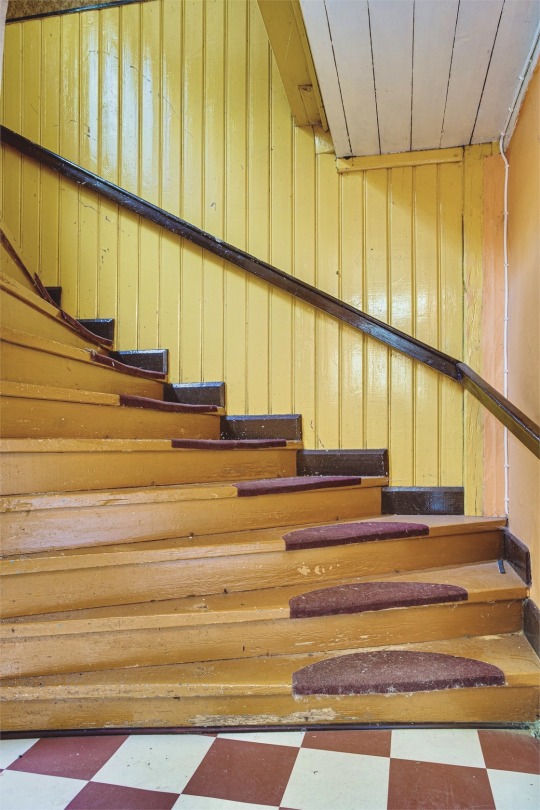
I love me some yellow and red
#yellow home#yellow#checkerd floor#vintage home#old homes#vintage homes#swedish home#Swedish cottages#Scandinavian#scandinavian home#scandinavian history
4 notes
·
View notes
Text

Incredible. No notes.
15 notes
·
View notes
Photo

“The archaeological, iconographic and textual sources thoroughly assessed in this book show unequivocally that the idea of the armed woman was not at all foreign to the population of the Viking world, and that such women warriors may have really existed. Some perhaps died during their first encounter with the enemy, others might have lived to see more than just one battle, while others yet might have engaged in armed conflict in indirect or symbolic ways, devising strategies, orchestrating the construction of defensive architecture, performing magic spells intended to influence the outcome of the fight and so on.
Regardless of the different scenarios of their lives, this does not make such women in any way lesser than their male Viking counterparts. What is remarkable about them, however, is that these same women probably engaged in a whole plethora of other activities, which ranged from performing various domestic chores, raising children and taking care of animals to craftsworking, trading and travelling. In trying to reconstruct their lives, let us therefore abstain from seeing the armed women of the past merely as ‘warriors’, ‘sorceresses’ or ‘functional sons’, but let us embrace them as humans with all their wonderful complexities and contradictions.”
Women and Weapons in the Viking World: Amazons of the North, Leszek Gardela
#warriors#warrior women#viking women#vikings#shieldmaidens#history#women's history#women in history#scandinavian history#leszek gardela#quotes#historyblr#medieval history
29 notes
·
View notes
Text
I was still using the term "Anglo-Saxon" in an academic sense, because I falsely believed it was a legitimate academic term.
It's not. It's just a racist term. Here's an excellent article about it.
#anglo saxon#last time I use that tag#old norse#english history#scandinavian history#old english#englisc#angles#angeln#saxons#saxony#saxon invasion#saxons and vikings#vikings#smithsonian
0 notes
Text
trying to research how society in scandinavia around year 500-1000 viewed twins specifically and frustratingly enough the only things that come up are articles/academic papers about the norse gods frøy and frøya, which would have been fine if those articles included a "and this is how having twin gods influenced societal views of twins" section, but they dont.
does anyone have any good tips for researching this? i've been searching in norwegian so i might be missing out on sources, but i can read danish, swedish, and english as well.
i know some cultures have had really specific views on twins, and even specific naming traditions that are for twins only, but can't find anything about twins in pre-christianity scandinavia
#research help#history#norrønt#viking age#scandinavian history#nordic history#norwegian history#norway#scandinavia#writing advice#writeblr#historical fiction
1 note
·
View note
Text
Halatafl (Windows 3.1, Steve Neeley, 1996)
Ancient Viking board game adaptation with made with surprising love and care. Part of a series by the author. You can play it in your browser here.

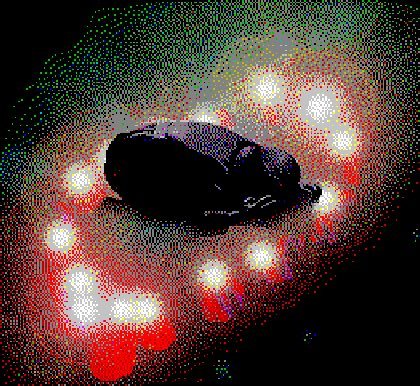
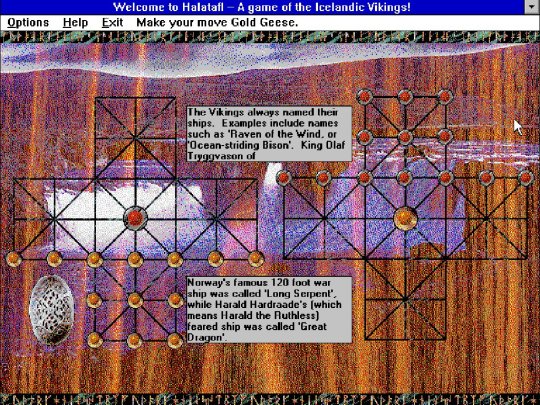

#internet archive#windows 3.1#game#games#video game#video games#videogame#videogames#computer game#computer games#board game#board games#viking#vikings#scandinavian history#ghost#ghosts#ghost story#ghost stories#1996#1990s#90s
1 note
·
View note
Text
youtube
0 notes
Text

Patreon
#studyblr#notes#my notes#history#historyblr#world history#viking history#viking age#scandinavia#scandinavian history#vikings#viking notes#norse#norse history#norse mythology#norse myths#viking mythology#viking myths#iceland#icelandic history#sweden#swedish history#european history#denmark#danish history#viking life#icelandic settlements#viking archaeology#scandinavian archaeology#archaeology
1 note
·
View note
